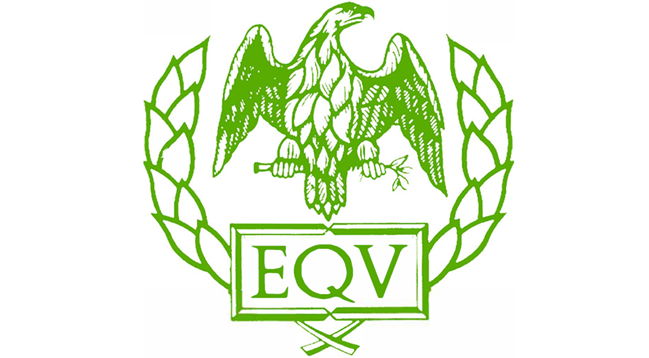Communication Skills
![]() Good and Bad Communication in Your Workplace
Good and Bad Communication in Your Workplace
![]() Consequences for You, Your Teams, and Your Organizations
Consequences for You, Your Teams, and Your Organizations
![]() Reasons for Poor Communication
Reasons for Poor Communication
![]() Key Principles of Effective Communication (Conciseness, Clarity, Cooperativeness,
Key Principles of Effective Communication (Conciseness, Clarity, Cooperativeness,
and Consideration)
![]() Applying the Above Face to Face
Applying the Above Face to Face
![]() Applying the Above via Email and Written Formats – 5 Key Steps (Plan, Write, Edit,
Applying the Above via Email and Written Formats – 5 Key Steps (Plan, Write, Edit,
Format, Check)
![]() Communication via Teams, Zoom, Google Hangouts, etc. – Best Practice
Communication via Teams, Zoom, Google Hangouts, etc. – Best Practice
![]() Challenges of Hybrid Working
Challenges of Hybrid Working
![]() Communicating Effectively Across Hybrid Teams
Communicating Effectively Across Hybrid Teams
![]() Dealing with Challenging Communications in a Professional and Assertive Manner
Dealing with Challenging Communications in a Professional and Assertive Manner
This course is invaluable for those who want to strengthen their communication skills and enhance their ability to interact with others.
Have two or more people to train? you may consider a closed group course.
Benefits include:
- Cost effective
- Choose a date to suit you
- Customise content and timings
- No minimum delegate
- Choose how the course is delivered – In person face-to-face at your location or virtual
Contact us on [email protected] to discuss specific date and delivery requirements.
We can deliver our training sessions in several ways, these being:
- Open public course (Contact us if you can’t see a suitable date listed)
Please enquire about the following methods
- Closed group
- In person face to face
- virtual
- One to one coaching
Course Benefits
- Fully led tutor instruction
- Comprehensive courseware for all delegates
- Certificates of attendance
- Course Guarantee
- Emergency trainer
- Contextualisation and customisation for Closed group courses
- Evaluation Feedback
- Access to Customer Portal (course bookers) for oversight of past and future training events and attendance details
Key Features
Engaging & interactive tutor led session
Comprehensive course materials
From: £449.00 Plus VAT
Can’t see a suitable date? please request a date here
Payment available via all major credit cards or Invoice. All options available during the online booking process.
